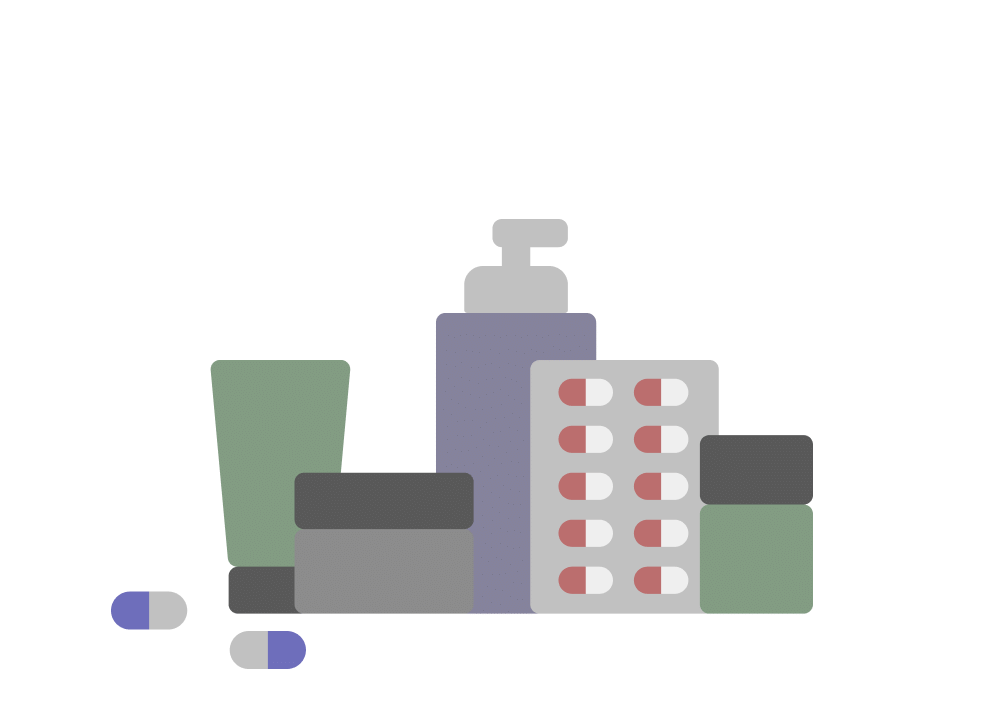
Relief P Syrup
Manufacturer
Maa Formulations Pvt Ltd
Salt Composition
Paracetamol (250mg)
Key Information
Short Description
Relief P Syrup is a widely prescribed medicine that helps to ease pain and bring down high body temperature (fever).
Dosage Form
Syrup
Introduction
Relief P Syrup is a widely prescribed medicine that helps to ease pain and bring down high body temperature (fever). In children, it treats conditions like headache, toothache, body ache, fever, and common cold.
Directions for Use
Give Relief P Syrup to your child with food or milk to prevent an upset stomach. Your child should not take more than four doses of this medicine in 24 hours, so wait up to 6 hours between doses. Never give any other medicine formulation containing paracetamol along with this medicine as that may lead to serious side effects. Inform the doctor if your child has liver disease as the dose may need to be adjusted. If Relief P Syrup does not seem to be helping your child, contact your doctor for advice. Do not give extra doses.
Safety Information
Side Effects
No common side effects listed.
Interacting Medicines
Nimesulide Oxyphenbutazone Metamizole
How it works
Relief P Syrup possesses analgesic (pain-reliever) and antipyretic (lowers body temperature) properties. It provides relief by blocking certain chemical messengers and pathways in the brain that send signals about pain and fever.
Quick Tips
Give Relief P Syrup to your child with food or milk to prevent an upset stomach. Wait up to 6 hours between doses. Do not give any other medicine formulation containing paracetamol along with this medicine. Inform the doctor if your child has liver disease. Contact your doctor for advice if Relief P Syrup does not seem to be helping your child.
Related Medicines

Femol 250mg Syrup

Temp 250mg Syrup

Pyrinil Forte 250mg Syrup

Pyrocin 250mg Syrup

Rymol 250mg Syrup

Cosmol 250mg Syrup

Relief P Syrup

Famol 250mg Syrup

Piemol 250mg Syrup

Fevesep 250mg Syrup
Frequently asked questions
How much Relief P Syrup should I give to my child?
Always follow your doctor's instructions regarding dosage and how often to administer the medicine. This depends on the medication strength and age of your child. You can also find directions on the product label or leaflet inside the packaging. The typical dose is 10-15 mg/kg per dose every 4 to 6 hours. If you are unsure about the correct dosage, consult your doctor.
When will my child's condition improve after taking Relief P Syrup?
Relief P Syrup usually starts working within 30 to 60 minutes of intake and shows its peak effect in 3 to 4 hours. Your child may start to feel better after a few doses. In case the pain or fever persists, consult your doctor immediately.
My child vomited after taking Relief P Syrup. What should I do?
If your child vomits within 30 minutes of taking Relief P Syrup, repeat the dose again. If it has been more than 30 minutes after taking Relief P Syrup and your child vomits, no need to repeat the dose and wait until it is time for the next dose. If you are not sure, consult your doctor.
Can I give Relief P Syrup to my child for low-grade fever?
You can use this medicine if your child has a temperature of 38.3°C (101°F) or higher. However, always consult your doctor first.
My child’s fever is persistent even after taking Relief P Syrup. What should I do?
If the fever does not come down after the initial few doses, the cause might be an infection (virus or bacteria). Consult your doctor for proper treatment.
How much of Relief P Syrup is considered as an overdose?
You should take only four doses of Relief P Syrup in 24 hours. There should be a minimum 4-6 hour gap between two doses. Do not use it for more than three days without consulting your doctor. More than 250 mg/kg can lead to toxicity and potentially fatal liver damage. An overdose can cause serious kidney and liver problems. Consult your doctor immediately if you believe you have given too much of this medicine to your child, even if your child seems well, as there is a risk of delayed, serious liver damage.
Is there any special diet my child needs to follow while taking this medicine?
Unless instructed by your doctor, your child should take a normal balanced diet while continuing this medication. Lack of nutrition can increase the risk of medicinal toxicity.
Where should I store this medicine?
Keep this medicine at room temperature in a dry place that is out of reach of children.
In what conditions must Relief P Syrup be given with caution?
This medication should be used with caution if the child has malnutrition, G6PD deficiency, liver disease, or any medicinal allergy. It's important to share your child's complete medical history with the doctor before starting this medication, as it can help them decide whether the medicine is safe for your child.
Can I give Relief P Syrup on a routine basis when my child is taking a vaccine?
Relief P Syrup usually does not interfere with the ingredients in vaccines or cause a negative reaction. However, it's best to allow your child to recover from the ongoing illness and finish the course of medication before administering any further medications. Once your child starts feeling better, you can then give the vaccine.


